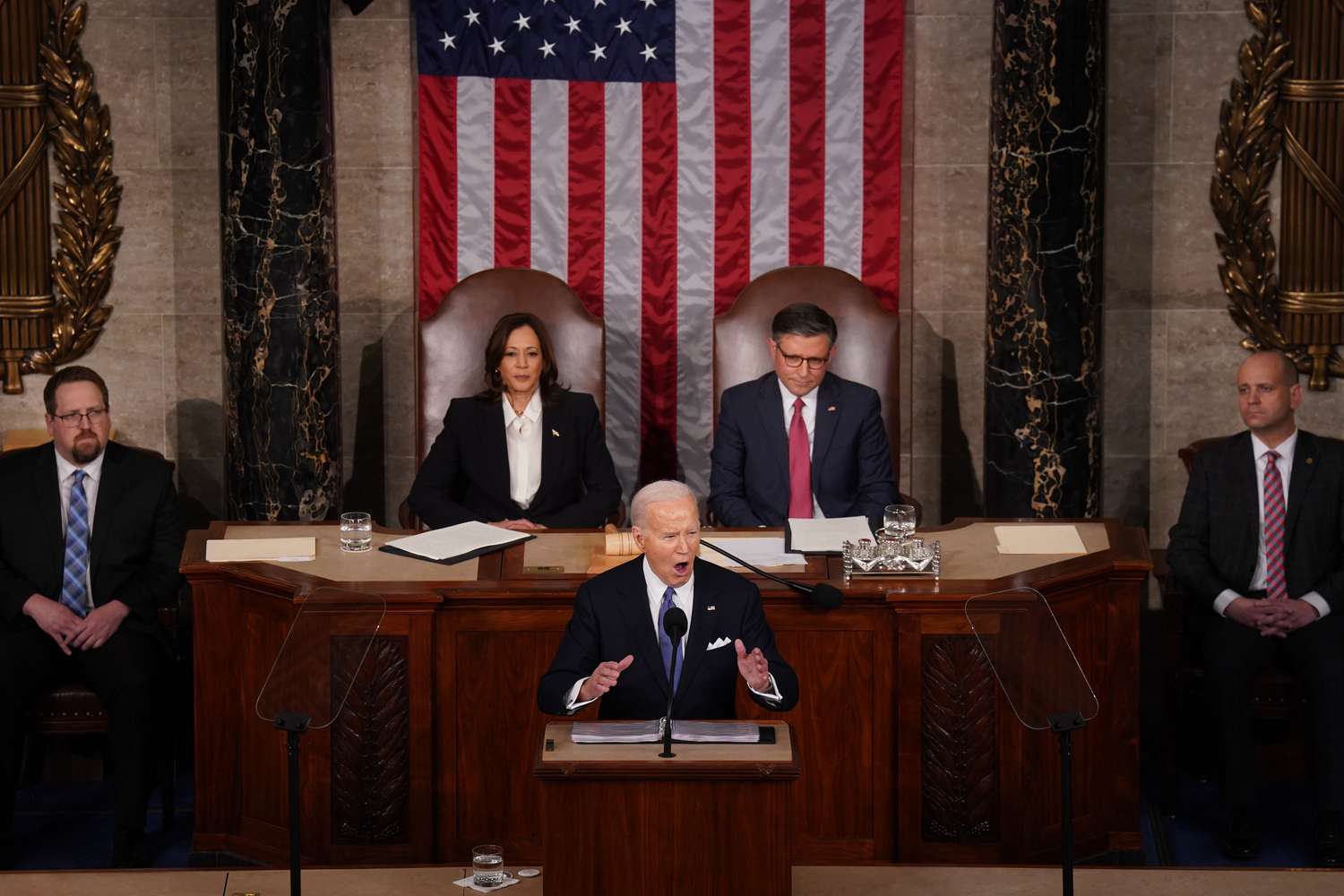Marketing trends come and go rapidly, and higher education is no exception to these changes.

Especially at a time when college enrollment has declined, higher education institutions must develop, innovate, and leverage new strategies to attract and engage students.
If you want to be ahead of the curve, don’t look anywhere else. Here are the top 12 higher education marketing trends of 2023.
![Download Now: Free Marketing Plan Template [Get Your Copy]](https://dailyhindnews.com/wp-content/uploads/2023/10/1696934027_756_12-Higher-Education-Marketing-Trends-of-2023.png)
12 higher education marketing trends
- short form video
- conversational marketing
- video landing page
- student ambassador
- cross-channel marketing
- virtual tour
- chatbots
- dedicated hashtag
- guest blogging
- Virtual Events and Webinars
- video marketing
- personalized marketing
1. Short Form Video
Short-form video is taking the social media world by storm, and higher education can (and should) get in on it.
Short-form videos capture the attention of today’s digitally savvy students and provide a creative outlet to showcase your campus culture, events and news. Consider leveraging platforms like TikTok, Instagram Reels, and Snapchat to deliver bite-sized content like campus highlights, behind-the-scenes content, and even faculty and student interviews.
Take a look at this example from the University of Utah:
2. Conversational Marketing
Conversational marketing uses an interactive approach to engage audiences in real time. In the context of higher education, where prospective students want a personalized experience and immediate feedback, this strategy is an effective way to accomplish both.
For example, the University of Kentucky engages with students on social media by publishing surveys and questions through Instagram Stories. Using these interactive features, the university engages its audience in conversations about campus life, academic priorities, and more.

3. Video Landing Page
30% of the top performing landing pages include video. Additionally, embedded video content can increase conversion rates by up to 86%.
For higher education institutions, video-friendly landing pages can provide a virtual campus experience that static images and text cannot match. But the benefits go beyond just aesthetics.
From a technical perspective, videos can increase time spent on a page, which indirectly benefits SEO rankings. If you already use video as part of your marketing, incorporating it into your landing page strategy can also help increase user engagement and increase conversions.
 image
image
4. Student Ambassador Program
Who can speak better about your institution and its greatness than your own students? This is what makes student ambassadors so compelling.
You can think of this strategy as a mix of influencer marketing and word-of-mouth marketing. Student Ambassadors offer a genuine and relatable perspective that resonates with prospective students. They can share first-hand insights about campus life, academic programs, and the overall student experience — like in this example from Quinnipiac University:
Ultimately, these authentic narratives can help potential applicants imagine themselves as part of the community. Through their stories, student ambassadors can play a vital role in attracting and engaging new students.
5. Cross-channel marketing
Marketing is all about meeting people where they are – but these days, audiences are spread across every corner of the Internet.
By establishing a presence on multiple channels, you can ensure you reach your audience wherever they are – whether it’s on social media, email, search engines or even traditional media.
For example, younger demographics gravitate toward social media platforms like Instagram, Snapchat, TikTok, and Twitter. They’re often looking for visually appealing, bite-sized content. Digital advertising, virtual campus tours, and short-form videos are highly effective for this group.
On the other hand, alumni may be more active on social media platforms such as Facebook and LinkedIn, especially for networking purposes. Alumni-focused content, such as emails, reunion events and success stories are relevant to this audience.
 image
image
6. Virtual Tour
One of the primary concerns of prospective students is whether the culture is a good fit for them. To find out, hundreds of thousands of students visit college campuses every year.
However, virtual tours offer a new way to “experience” a college campus without leaving your home. Virtual programs bridge geographic gaps and provide institutions an interactive way to connect with prospective students and foster a sense of community.
360-degree virtual tours can showcase key facilities, dormitories, lecture halls and more. They also allow attendees to explore at their own pace and spend more time at places of interest.

image
7. Chatbots
You can think of chatbots in the context of customer service. However, this technology also gives educational institutions a new way to assist and guide current and prospective students.
Take Ocelot, for example. It is an AI-powered chatbot that answers common queries and assists students round the clock. Currently, more than 500 colleges and universities take advantage of this tool.
 image
image
Chatbots, like Ocelot, also give administrative staff a lift, allowing them to focus on more complex tasks. Furthermore, it provides a centralized location for all students to interact.
8. Dedicated hashtags
A dedicated hashtag is a unique tag that represents a specific topic, brand, event, or community. Unlike widely used general hashtags (i.e., #finalweek or #campuslife), dedicated hashtags are created for a specific audience.
, For example, Brown University has a dedicated hashtag (#SceneAtBrown) that students can include when posting campus-related photos and videos.

image
When students and alumni use a dedicated hashtag, they aren’t just sharing a photo — they’re associating themselves with an institution. Consider leveraging a dedicated hashtag to increase the visibility of your next event or project and foster a sense of community.
9. Guest Blogging
Blogging is an effective marketing channel to highlight student testimonials, faculty profiles and alumni success stories.
Additionally, blogs are excellent tools for SEO (Search Engine Optimization). As people search for educational tips or career options, blog posts can serve as landing pages for your institution. This way, your blog acts as a funnel, guiding readers toward newsletters, program information, and virtual campus tours.
 image
image
10. Virtual Events and Webinars
Unlike static brochures, webinars provide an interactive platform where attendees can ask questions and receive immediate feedback from admissions counselors or faculty members.
For example, UC Santa Barbara hosts virtual events to help students “meet UCSB staff and students, learn about opportunities on campus, get tips about filling out your UC application, and more ” Additionally, they re-publish webinars and pre-recorded videos on their YouTube channel, which students can access at any time.
 image
image
11. Video Marketing
The human brain processes visuals 60,000 times faster than text. This makes video content much more engaging than just text or static images.
For prospective students sifting through reams of brochures and websites, a compelling video can instantly grab their attention and convey a message more effectively.
Whether promoting an upcoming event (like the example below from the University of Rochester), introducing a new faculty member, or giving a campus tour, videos can simplify complex information and present it in an easy-to-understand, visual format. can do.
12. Personalized Marketing
These days, audiences no longer respond to generic, one-size-fits-all messages. Personalized content is not only preferred; This is expected.
In other words, in today’s competitive higher education landscape, personalization will be the great differentiator.
For example, consider a prospect who finds an advertisement on social media for a university’s marine biology program, a field she is interested in. Intrigued, she clicks on the ad and reads a related article on the university’s groundbreaking research into marine ecosystems. The next day, she receives a follow-up email from the university detailing scholarships for marine biology majors, testimonials from current students in the program, and an invitation to a virtual tour of marine research facilities.
Of course, personalization extends beyond the recruiting stage. By sharing tailored news – such as success stories from alumni of a particular program – institutions can maintain strong, lasting relationships with their graduates, leading to increased alumni participation and donations.



